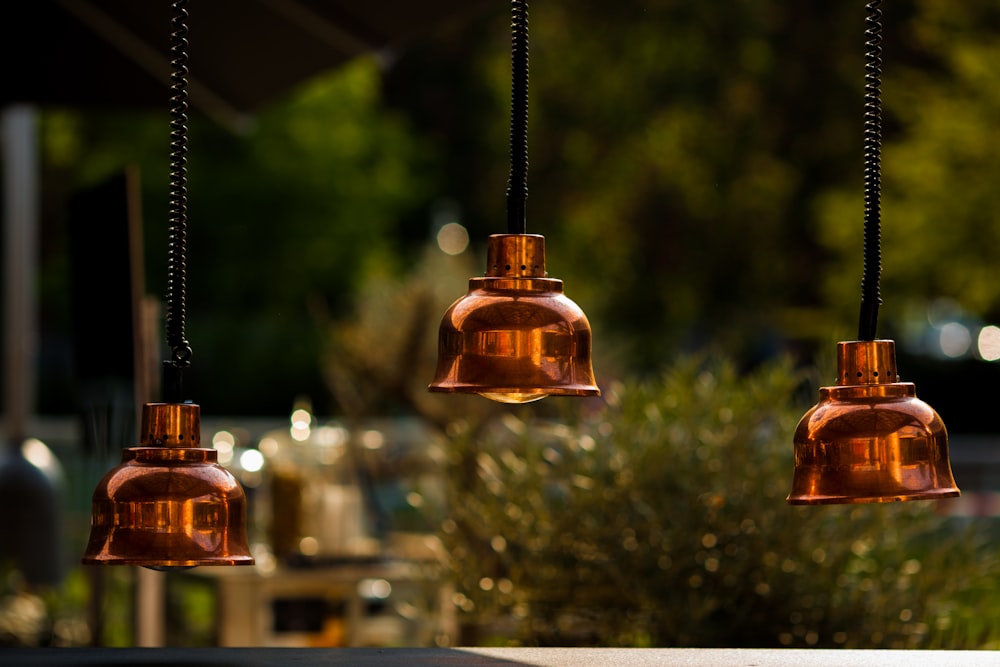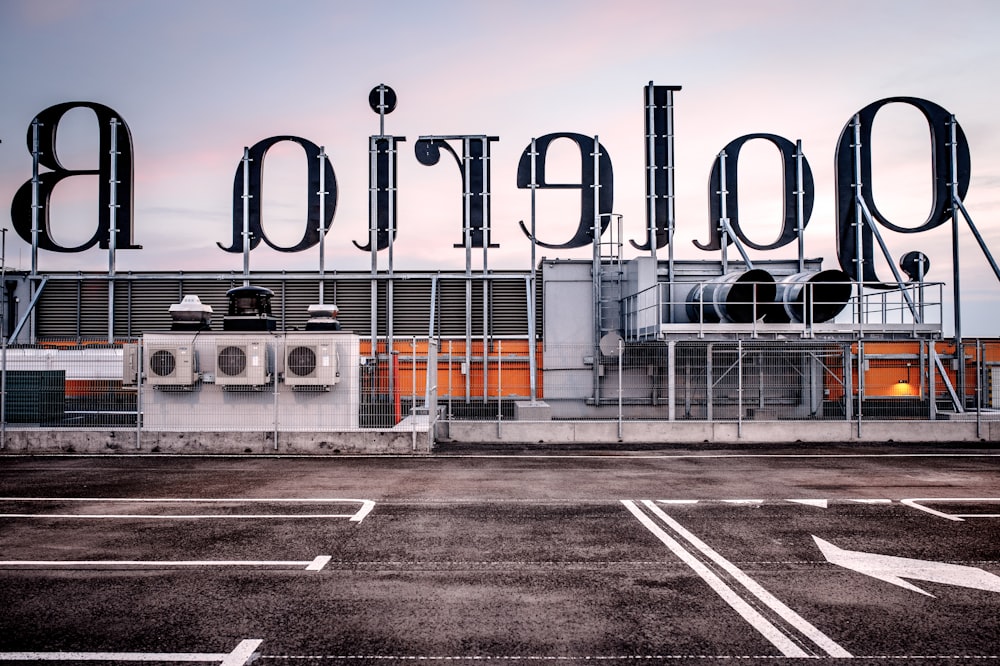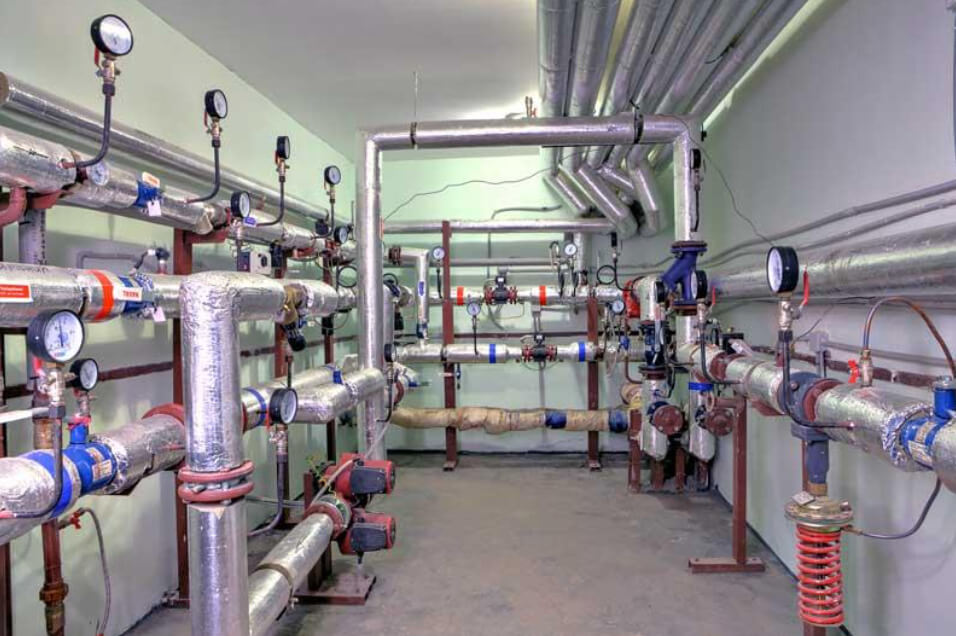Introduction
Copper plumbing has long been a staple in the construction industry, known for its durability, reliability, and aesthetic appeal. In this article, we’ll delve into the various aspects of copper plumbing systems, highlighting their benefits, installation process, maintenance requirements, and more.
The Durability of Copper Plumbing
One of the primary reasons why copper plumbing is favored by homeowners and contractors alike is its exceptional durability. Unlike other materials that may corrode or degrade over time, copper pipes have a proven track record of withstanding the test of time. This durability ensures that your plumbing system remains robust and functional for years to come.
Reliability and Longevity
Another key advantage of copper plumbing is its reliability and longevity. Copper pipes are resistant to leaks, cracks, and damage, providing a secure and efficient water distribution system. This reliability translates to peace of mind for homeowners, knowing that their plumbing infrastructure is built to last.
Aesthetic Appeal
Beyond its functional benefits, copper plumbing also adds a touch of elegance to any home. The distinctive appearance of copper pipes can enhance the overall aesthetic appeal of your property, especially in areas where plumbing is exposed, such as kitchens and bathrooms. This combination of functionality and visual appeal makes copper plumbing a popular choice among homeowners seeking both practicality and style.
Environmental Considerations
In today’s environmentally conscious world, the sustainability of building materials is a significant factor. Copper is a recyclable material, making it an eco-friendly choice for plumbing systems. By opting for copper pipes, you contribute to reducing waste and minimizing the environmental impact of your home construction or renovation project.
Installation Process
The installation of copper plumbing requires skill and expertise to ensure optimal performance. Professional plumbers are trained to handle copper pipes with precision, ensuring tight fittings and proper sealing to prevent leaks. The installation process typically involves measuring, cutting, soldering, and testing to guarantee a reliable and efficient plumbing system.
Maintenance and Care
While copper plumbing is known for its durability, proper maintenance is still essential to prolong its lifespan. Regular inspections, checking for signs of corrosion or damage, and addressing any issues promptly can prevent costly repairs down the line. Additionally, proper insulation of copper pipes in cold climates helps prevent freezing and bursting during winter months.
Cost Considerations
While copper plumbing offers numerous benefits, it’s essential to consider the cost implications. Copper pipes can be more expensive upfront compared to alternatives like PVC or PEX. However, when weighing the long-term durability, reliability, and aesthetic value, many homeowners find that the investment in copper plumbing pays off over time.
Industry Standards and Regulations
It’s crucial to adhere to industry standards and local regulations when installing copper plumbing systems. Building codes may dictate the type of pipes, fittings, and installation methods required to ensure compliance and safety. Working with licensed professionals familiar with these standards helps ensure a successful and code-compliant plumbing installation.
Conclusion
In conclusion, copper plumbing stands out as a durable, reliable, and visually appealing choice for residential and commercial plumbing systems. Its longevity, eco-friendliness, and ability to enhance the overall look of a property make it a popular option among homeowners and contractors. By understanding the benefits, installation process, maintenance requirements, and cost considerations of copper plumbing, you can make informed decisions for your plumbing needs. Read more about copper plumbing











